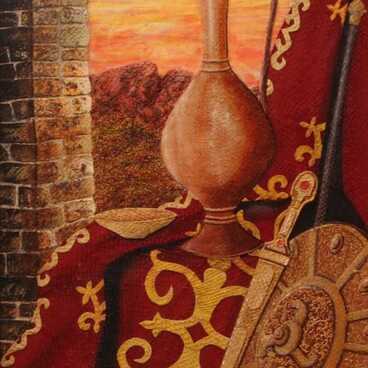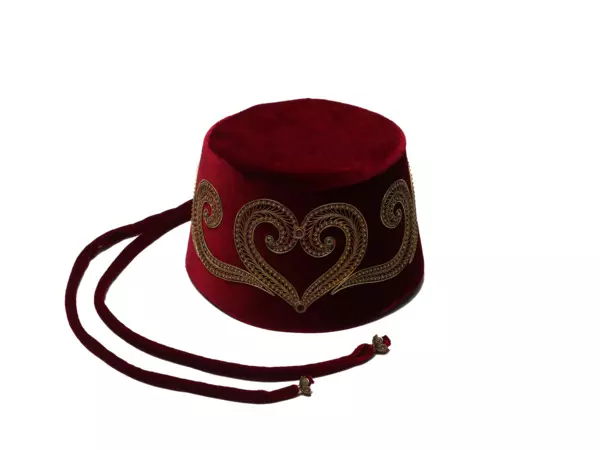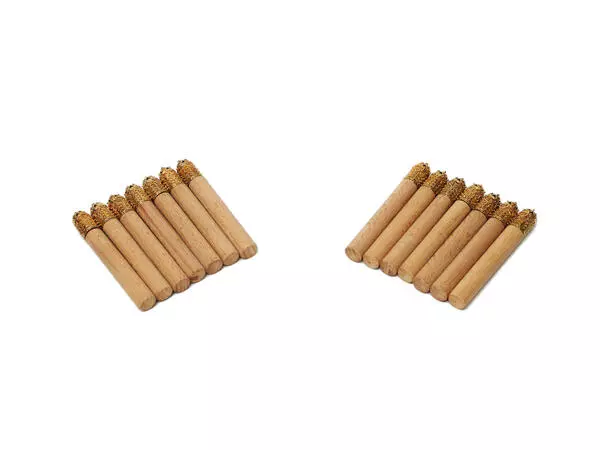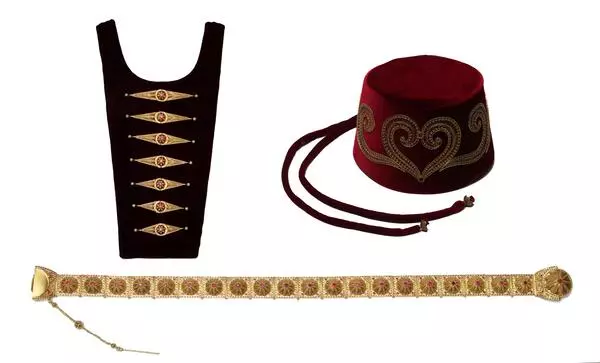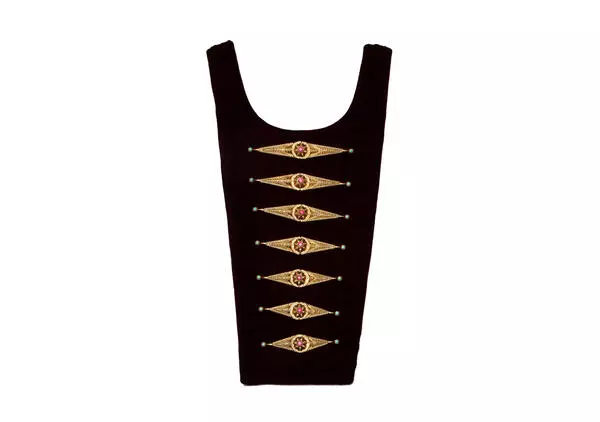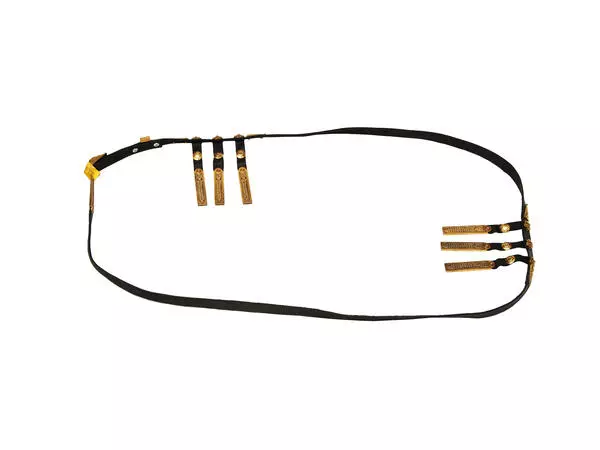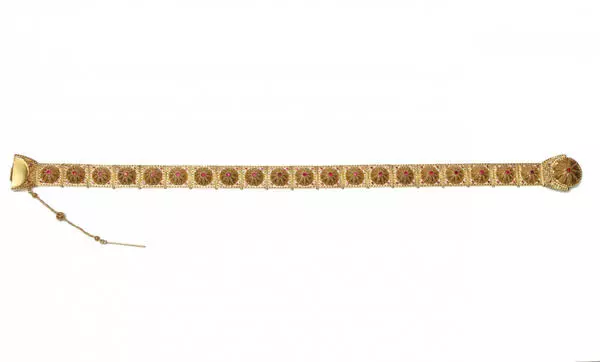Over the centuries, the peoples of the Caucasus had to survive in difficult conditions of a perpetual war: due to various Caucasian clans fighting each other or the threat of external enemies. In addition, the highlanders had no police or a state judicial system: men had to protect their families and defend their honor themselves.
Such harsh conditions also determined a special attitude to weapons: at any moment it was necessary to be ready to fight. Therefore, since the ancient times, a personal dagger has become the most important item for every Caucasian man. The young men started carrying their own weapons from the age of 14-15.
High-quality blades were also necessary in peacetime: they were used instead of a knife or an ax, for training with a target and even in dancing. The daggers were exchanged as a sign of peace; they were given to the most honorable and respected guests. The blade was not used only for defense, but also as an element of the national costume, it symbolized the honor, freedom, dignity of the Caucasian man.
They tried to keep this sacred object in mint condition. Daggers and scabbards were usually lavishly decorated — their design reflected the character and social status of the owner.
Therefore, metalworking skills were especially valued in the Ingush culture. The development of this craft in the late 19th — early 20th century led to the establishment of highly professional workshops, where masters used all kinds of technologies in jewelry making: carving, filigree, chasing, and other methods. For the decoration of weapons, they mainly used engraving and nielloing techniques.
The State Museum of Fine Arts of the Republic of Ingushetia and the Ingush Museum of Local History named after T. Malsagov house rich collections of silver and gold items, remarkable examples of Ingush metalworking traditions. Their collections include bladed weapons, women’s jewelry, men’s belts, and other valuable items.
The famous Ingush jeweler Bekhan Dakhkilgov continues the ancient traditions of his Homeland. The jeweler brilliantly mastered various types of jewelry making techniques, his art is based on the centuries-old traditions of the Ingush culture.
Such harsh conditions also determined a special attitude to weapons: at any moment it was necessary to be ready to fight. Therefore, since the ancient times, a personal dagger has become the most important item for every Caucasian man. The young men started carrying their own weapons from the age of 14-15.
High-quality blades were also necessary in peacetime: they were used instead of a knife or an ax, for training with a target and even in dancing. The daggers were exchanged as a sign of peace; they were given to the most honorable and respected guests. The blade was not used only for defense, but also as an element of the national costume, it symbolized the honor, freedom, dignity of the Caucasian man.
They tried to keep this sacred object in mint condition. Daggers and scabbards were usually lavishly decorated — their design reflected the character and social status of the owner.
Therefore, metalworking skills were especially valued in the Ingush culture. The development of this craft in the late 19th — early 20th century led to the establishment of highly professional workshops, where masters used all kinds of technologies in jewelry making: carving, filigree, chasing, and other methods. For the decoration of weapons, they mainly used engraving and nielloing techniques.
The State Museum of Fine Arts of the Republic of Ingushetia and the Ingush Museum of Local History named after T. Malsagov house rich collections of silver and gold items, remarkable examples of Ingush metalworking traditions. Their collections include bladed weapons, women’s jewelry, men’s belts, and other valuable items.
The famous Ingush jeweler Bekhan Dakhkilgov continues the ancient traditions of his Homeland. The jeweler brilliantly mastered various types of jewelry making techniques, his art is based on the centuries-old traditions of the Ingush culture.



